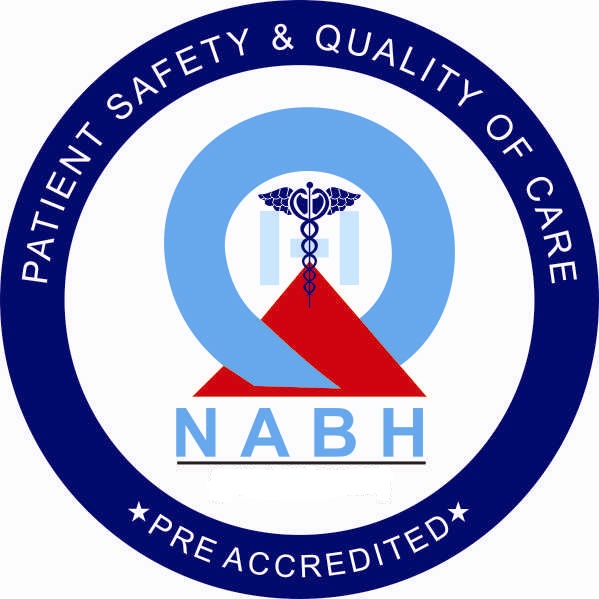
Glaucoma is a condition that results in slow progressive damage to the optic nerve, which sends information from the eye to the brain. Damage to the optic nerve leads to a slow loss of vision. As a result, glaucoma is often referred to as The Silent Thief of Sight. Rick factors for glaucoma include elevated eye pressure, increased age, African-American heritage, and previous ocular injury. The most important and most treatable risk factor for glaucoma is elevated eye pressure. Inside the eye, there is a constant production of fluid that normally flows out of the eye through a very small drain. In certain individuals, this drain can become blocked for various reasons. The result is an increase in eye pressure, therefore increasing your risk of glaucoma. Glaucoma affects an estimated 3 million Americans and is the second-leading cause of blindness in the United States.
Types of Glaucoma
Open-Angle Glaucoma
Open-Angle Glaucoma: Open-angle glaucoma occurs slowly as the drainage area in the eye becomes clogged. Pressure builds up when the fluid inside the eye is unable to drain. Side (peripheral) vision is damaged gradually. Open-angle glaucoma is the most common kind of glaucoma.

Closed-Angle Glaucoma
Closed-Angle Glaucoma: With closed-angle glaucoma, eye pressure builds up rapidly when the drainage area of the eye suddenly becomes blocked. Blurry vision, rainbow halos around lights, headaches or severe pain may occur with closed-angle glaucoma. This type of glaucoma is less common than open-angle and may cause blindness if it is not treated immediately.

Questions and Answers
What is the best way to detect glaucoma?
Careful examination of the optic nerve coupled with visual field testing and intraocular pressure measurement provides the necessary information to determine if damage from glaucoma is present.
If I am having no visual or ocular problems, can I be certain that I do not have glaucoma?
No. In fact, people with significant levels of damage may not have visual symptoms until most of the optic nerve function is lost. This is because the disease process is generally very slow, giving glaucoma the nickname “The Silent Thief of Sight”. In most cases, damage occurs to side (peripheral) vision first, and one eye may have significant field loss, but the other does not, so with both eyes open a person may not realize the extent of the damage.
What can I do to reduce my risk of further damage?
The two most important things you can do if you are diagnosed with glaucoma are to keep follow-up appointments and faithfully use ocular medications as prescribed. Careful monitoring and consistent treatment can often stabilize this disease process.


